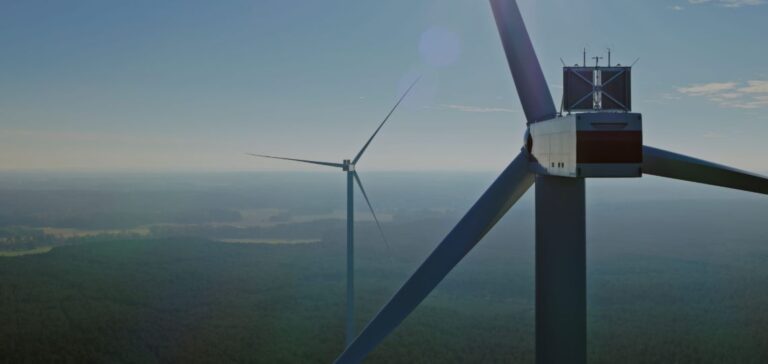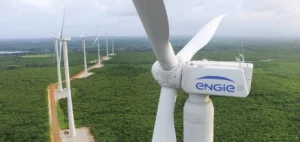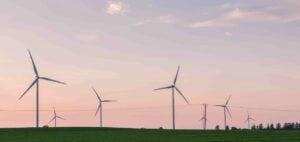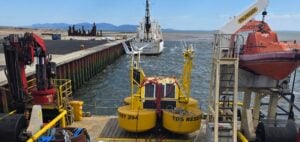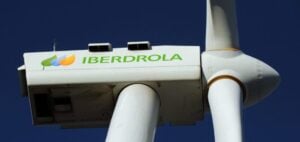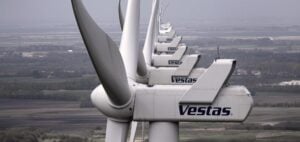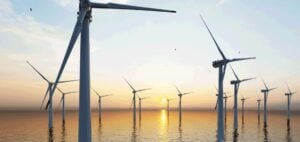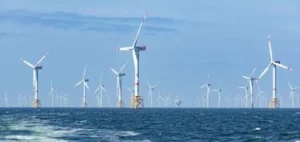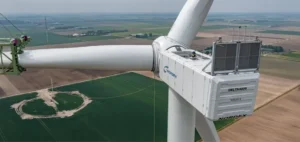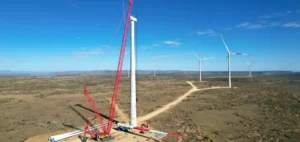Ørsted, the Danish energy giant, has announced the commissioning of Bahren West I, its largest onshore wind project in Germany to date. The wind farm, with a capacity of 50.4 MW, is located in the municipality of Neiße-Malxetal, Brandenburg, near the German-Polish border. It is now capable of supplying electricity to around 35,000 German households.
Bahren West I consists of nine Vestas V150 turbines, each with a capacity of 5.6 MW. This project marks a significant milestone in Ørsted’s expansion of its onshore wind portfolio in Germany, where the company continues to invest to support national renewable energy goals.
Preparation for the launch of Bahren West II
Building on the success of Bahren West I, Ørsted is now preparing the construction of Phase II of the project, with the Bahren West II wind farm, which will have a capacity of 61.6 MW. Construction is expected to start in May 2025, with final commissioning scheduled for 2027.
Bahren West II will consist of eleven Vestas V150 turbines, each rated at 5.6 MW. Once both phases of the project are completed, the total capacity of the Bahren West wind complex will reach 112 MW, further solidifying Ørsted’s position in the renewable energy sector in Germany.
A strategic project for Ørsted and Germany
Stefan Bachmaier, Managing Director of Ørsted Onshore Germany, expressed satisfaction with the commissioning of Bahren West I and the imminent start of construction on Bahren West II. He stated that these two projects represent key milestones for Ørsted’s onshore wind ambitions in Germany.
In addition to the Bahren West project, Ørsted also plans to commission its 16.8 MW St. Wendel onshore wind farm later this year, located in southwestern Germany. These initiatives form part of Ørsted’s ongoing efforts to contribute to Germany’s energy transition goals while providing reliable and sustainable renewable energy.


